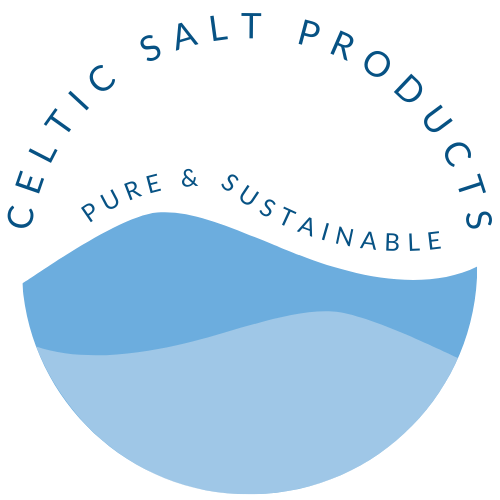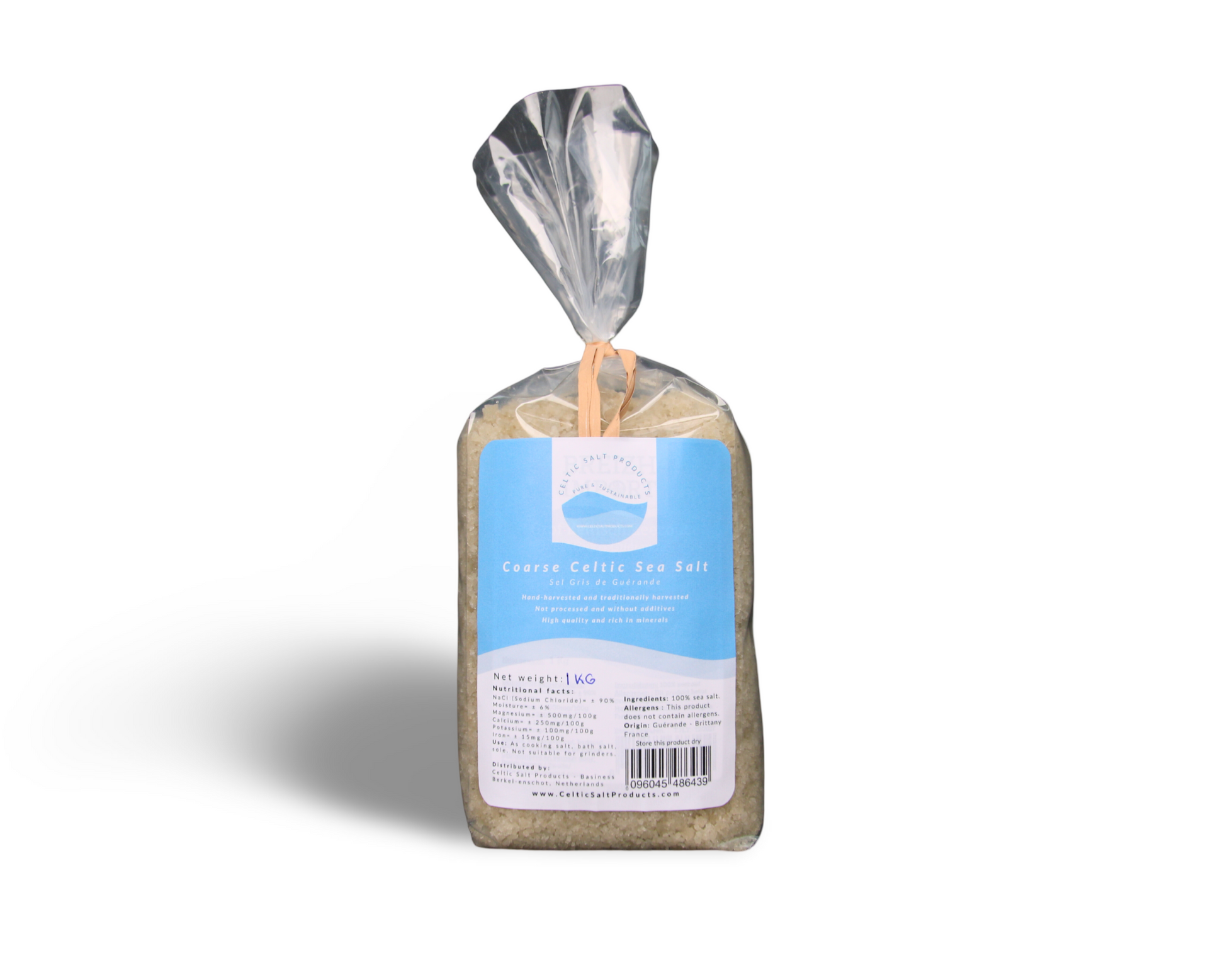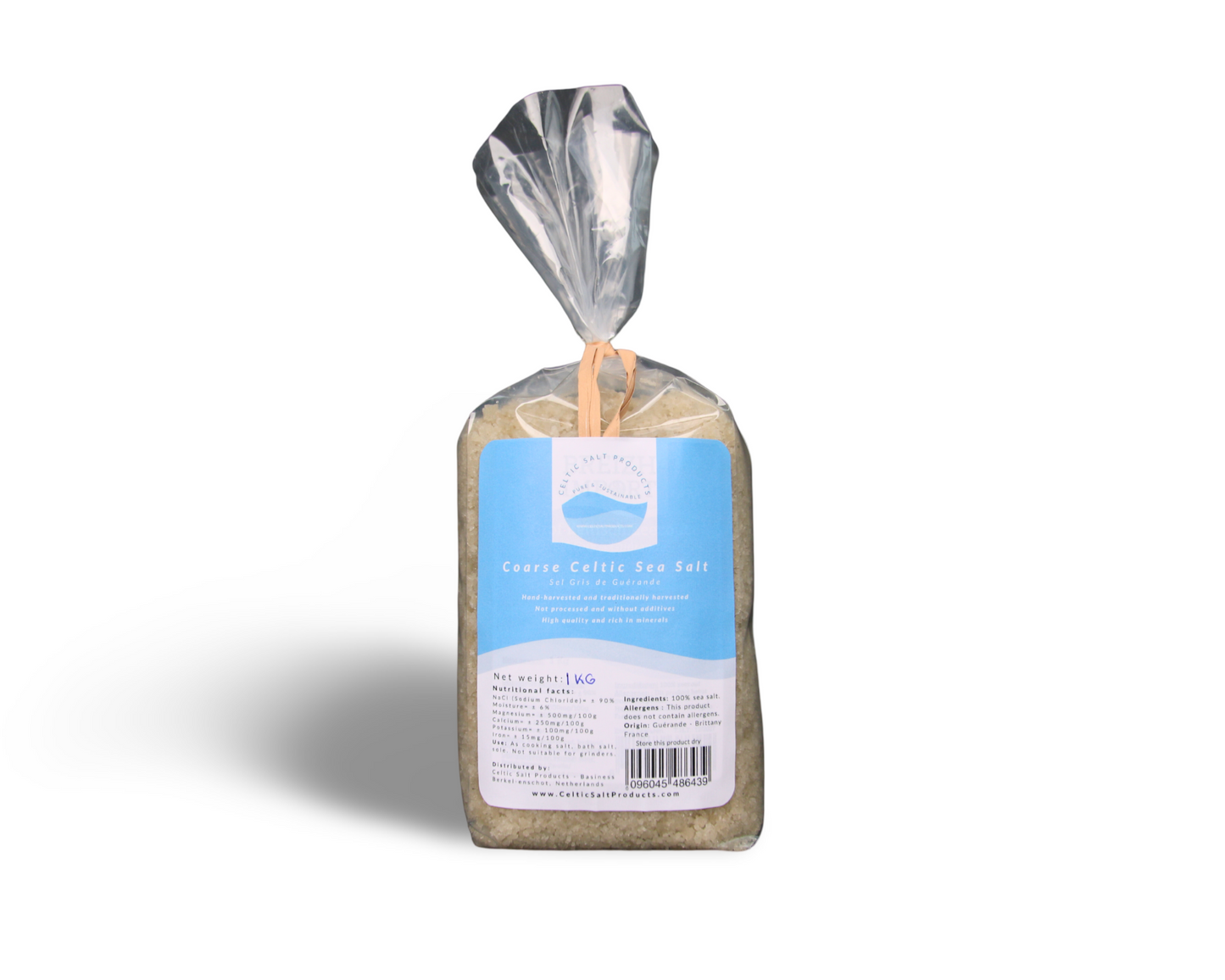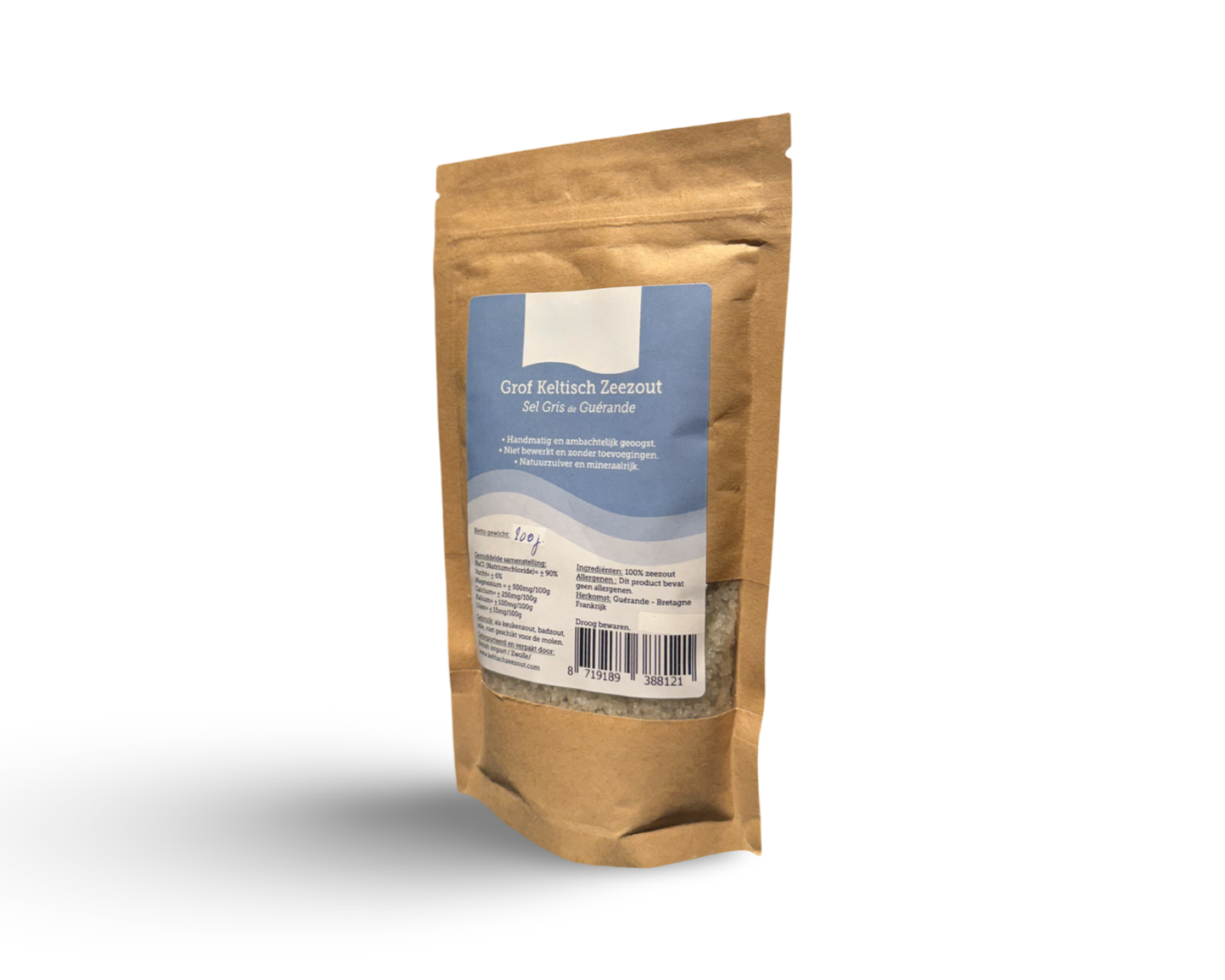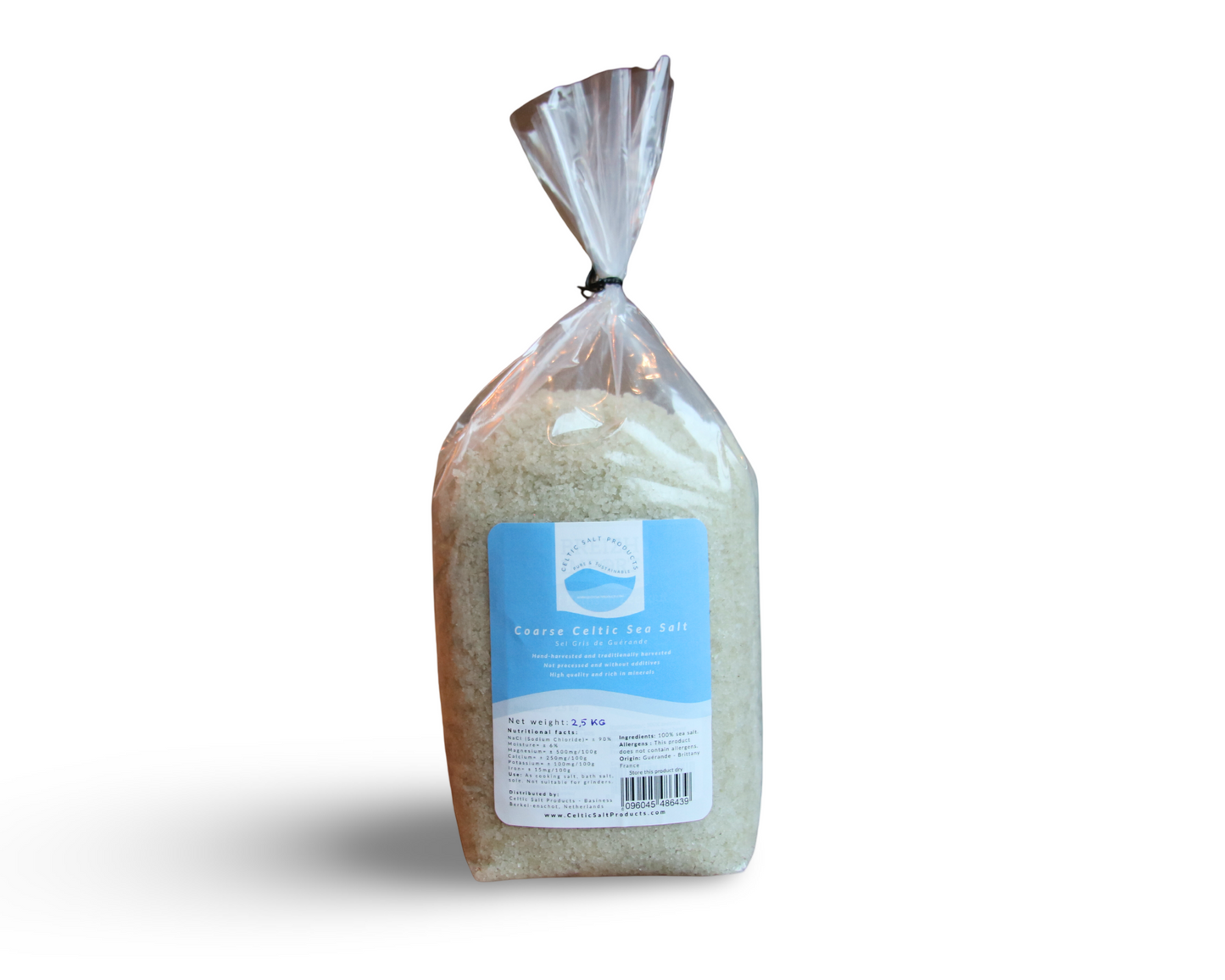Le sel de mer celtique, vénéré pour sa richesse en minéraux et son goût unique, est un choix populaire pour ceux qui recherchent une alternative naturelle et nutritive au sel de table ordinaire. Cependant, une question courante se pose : quelle quantité de sel de mer celtique est-elle sûre à consommer chaque jour ? Ce blog vise à clarifier l'apport quotidien recommandé de sel de mer celtique, en équilibrant ses bienfaits pour la santé avec la nécessité de modérer la consommation de sodium.
L'Importance de la Modération dans la Consommation de Sel
Bien que le sel de mer celtique soit un choix plus sain en raison de ses minéraux traces, il est important de se rappeler qu'il contient toujours du chlorure de sodium. Une consommation excessive de sodium est liée à divers problèmes de santé, tels que l'hypertension artérielle, les maladies cardiaques et les AVC. Par conséquent, comprendre la bonne quantité à consommer est crucial pour maintenir une bonne santé.
Apport Journalier Recommandé en Sodium
L'American Heart Association recommande de limiter l'apport en sodium à pas plus de 2 300 milligrammes par jour, avec une limite idéale de pas plus de 1 500 milligrammes pour la plupart des adultes. Étant donné que le sel de mer celtique est composé d'environ 85-90 % de chlorure de sodium, il est essentiel de calculer votre apport quotidien en fonction de ces directives.
Calcul de l'apport en sel de mer celtique
Pour mettre cela en perspective, une cuillère à café de sel de mer celtique contient environ 2 000 milligrammes de sodium. Par conséquent, consommer moins d'une cuillère à café par jour permettrait à la plupart des individus de rester dans les limites recommandées. Cependant, il est important de prendre en compte toutes les sources de sodium dans votre alimentation, pas seulement le sel que vous ajoutez à vos aliments.
Les avantages du sel de mer celtique
Malgré la nécessité de modération, il convient de noter que le sel de mer celtique offre des bienfaits pour la santé qui ne se trouvent pas dans le sel de table ordinaire. Sa gamme de minéraux traces, y compris le magnésium, le potassium et le calcium, peut contribuer positivement à la santé, complétant un régime alimentaire équilibré.
Conseils pour gérer l'apport en sel
- Lire les étiquettes: Faites attention à la teneur en sodium des aliments transformés et emballés.
- Cuisiner à la maisonPréparer des repas à la maison vous permet de contrôler la quantité de sel utilisée.
- Utilisez des herbes et des épices: Améliorez les saveurs avec des herbes et des épices, réduisant ainsi le besoin de sel.
- Réduire progressivement le sel: Réduire progressivement le sel dans votre alimentation peut aider vos papilles gustatives à s'adapter.
Conclusion
Le sel de mer celtique, avec son riche profil minéral, peut être un ajout sain à votre alimentation lorsqu'il est utilisé avec modération. Être conscient de votre apport quotidien total en sodium, en tenant compte de toutes les sources de sodium, et en respectant les recommandations, vous permettra de profiter des bienfaits du sel de mer celtique sans compromettre votre santé. N'oubliez pas, la clé est l'équilibre et la modération.
